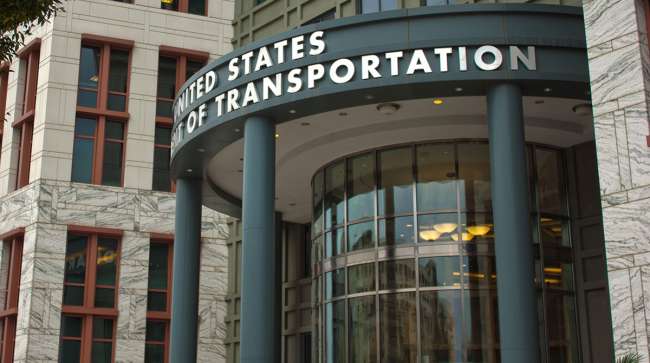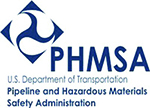Senior Reporter
PHMSA Seeks Input on Possible Shift From Paper to Electronic Communication

[Stay on top of transportation news: Get TTNews in your inbox.]
The Pipeline and Hazardous Materials Safety Administration is seeking input on the advisability of using electronic communication as an alternative to the agency’s current paper documentation requirements for hazard communication.
PHMSA said it is considering revisions to the hazardous materials regulations, which would authorize a performance-based electronic communication alternative to the existing physical, paper-based hazard communication requirements.
“The hazardous materials regulations currently require that hazard communication be maintained as physical, printed documents during transportation,” said the agency’s request for information published in the Federal Register on July 11. “However, widely adopted technologies could supplement, or replace, the existing paper-based hazard communication system, and offer opportunities for improved emergency response and oversight, as well as increased efficiency in the operations of transportation networks.”

The agency defined “hazard communication” as shipping papers, train consists, dangerous goods manifests, notifications to the pilot in command, and emergency response information, as well as associated administrative documentation including Department of Transportation special permits, approvals and registrations.
“With this request for information, PHMSA seeks your input, to help determine the most effective mechanisms and potential impediments for implementing electronic hazard communication,” the notice said.
PHMSA said it will accept public comment on the information request on or before Sept. 9.

There are many reasons for trucking's ongoing labor shortage. We recap discussions from the first half of this year in this "roundabout" episode. Tune in above or by going to RoadSigns.TTNews.com.
The Volpe National Transportation Systems Center conducted a project on hazmat automated cargo communications from 2011-15 that determined many shippers and carriers in the rail, vessel and air modes already have electronic systems in place that could be used to accept and transmit hazard communication information.
“Highway shippers and carriers are a more complex, heterogeneous group, so not all entities would be able to accept and transmit hazard communication information,” the project concluded.
The potential safety benefits identified in the project report included more timely provision of information during an emergency, increased accuracy of hazard communication, increased redundancy if the electronic system provides multiple methods of information access, and improved access to hazard communication information away from the vehicle involved.
The PHMSA request for information asks that hazardous materials shippers, carriers and logistics facilitators answer questions such as:
• Would you consider implementing electronic hazard communication if the hazmat regulations authorized it as an option? Why or why not?
Want more news? Listen to today's daily briefing above or go here for more info
• What value could you gain by using electronic hazard communication?
• To what extent would you participate in an electronic hazard communication alternative that was not fully multimodal?
• To what extent would you use electronic hazard communication if the applicability for the electronic standard was limited to bulk transport of hazardous materials?
• Do you anticipate resistance from other entities in the hazardous materials supply chain if you decide to adopt electronic hazard communication?
• How would implementation of electronic hazard communication by other entities in the supply chain affect your ability to conduct your business activities if you choose to continue to operate using a paper-based concept of operations?
• What additional costs would there be for you to successfully utilize an electronic hazard communication system beyond equipment procurement?


